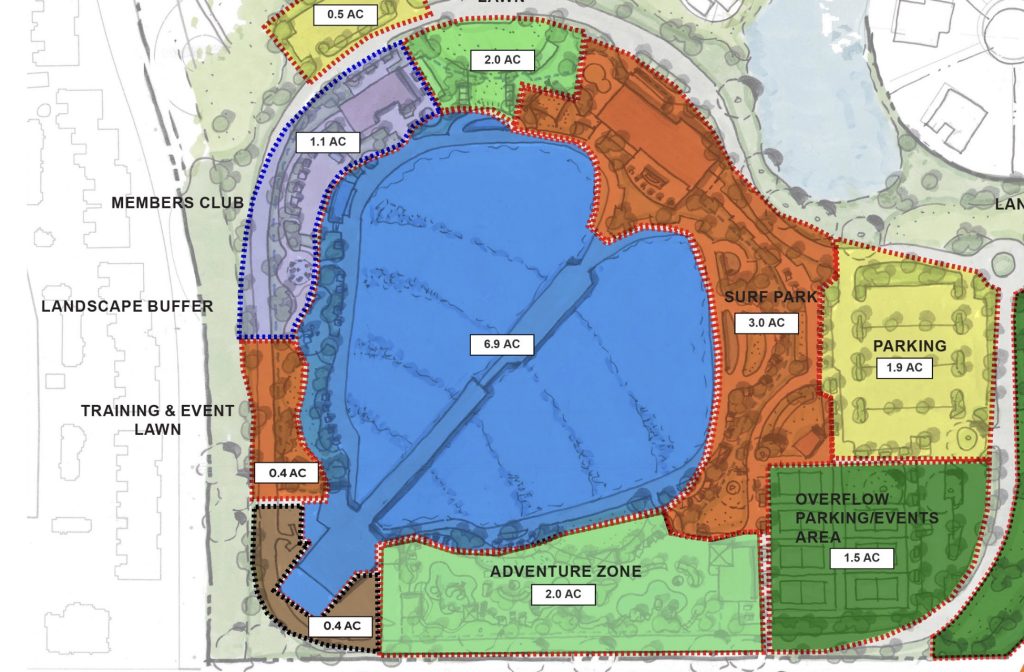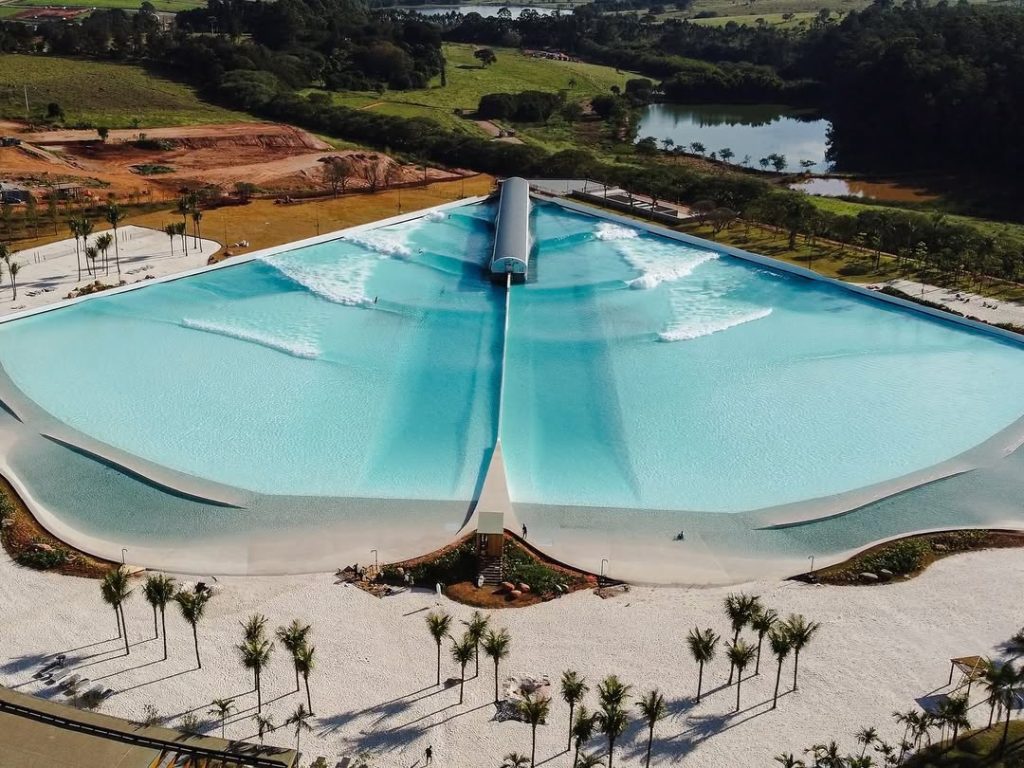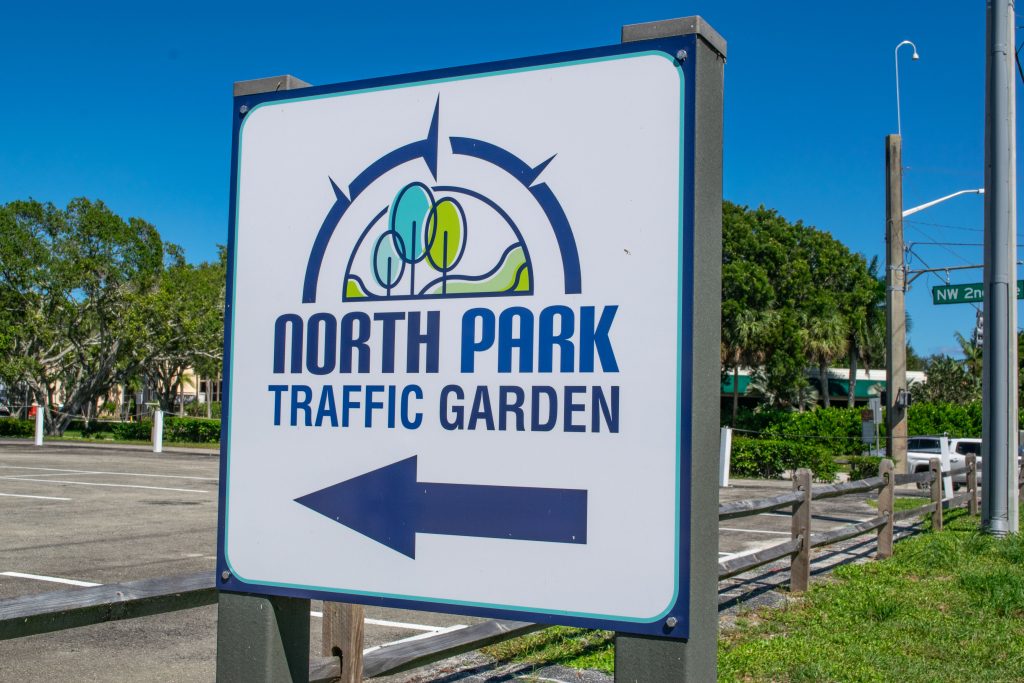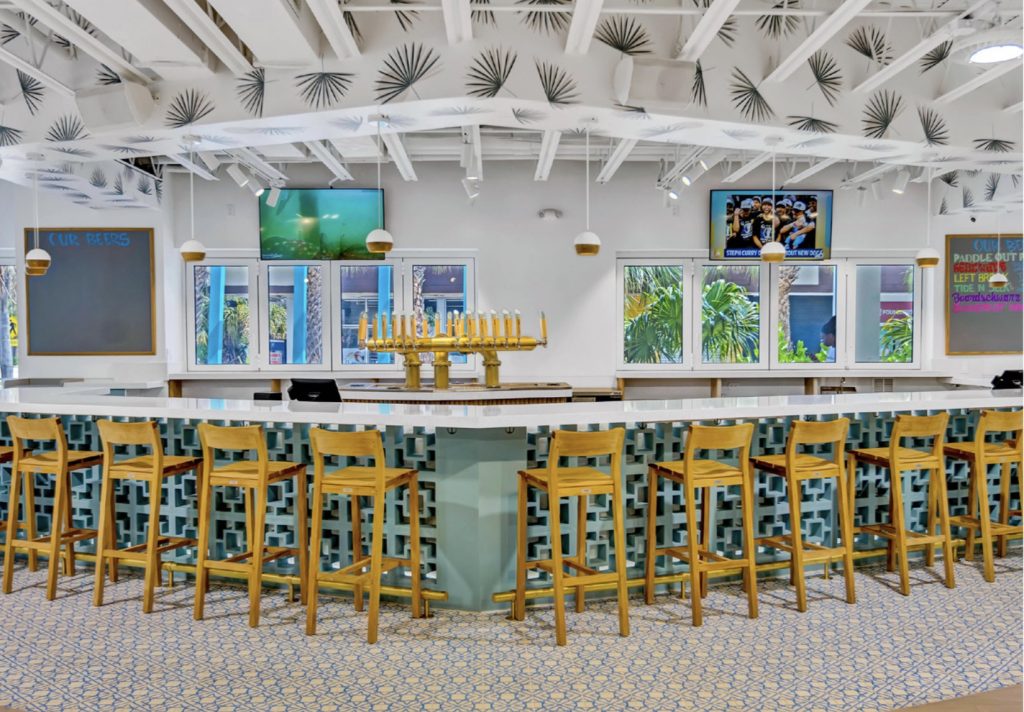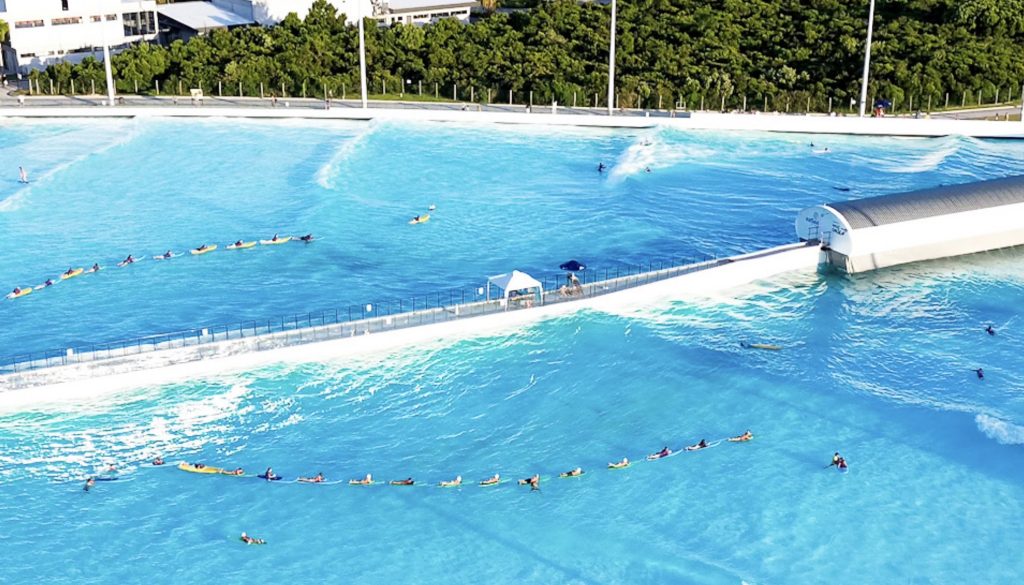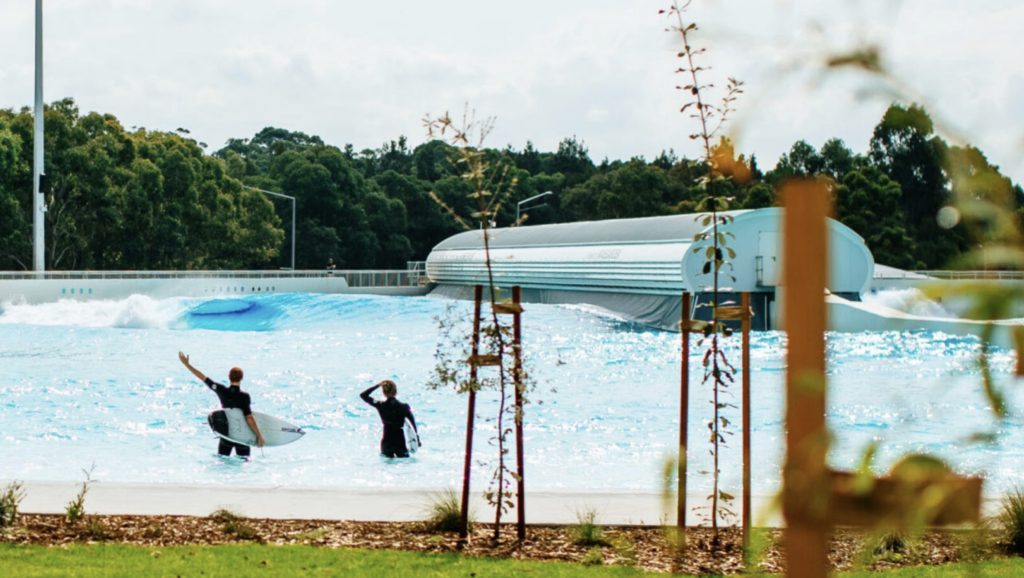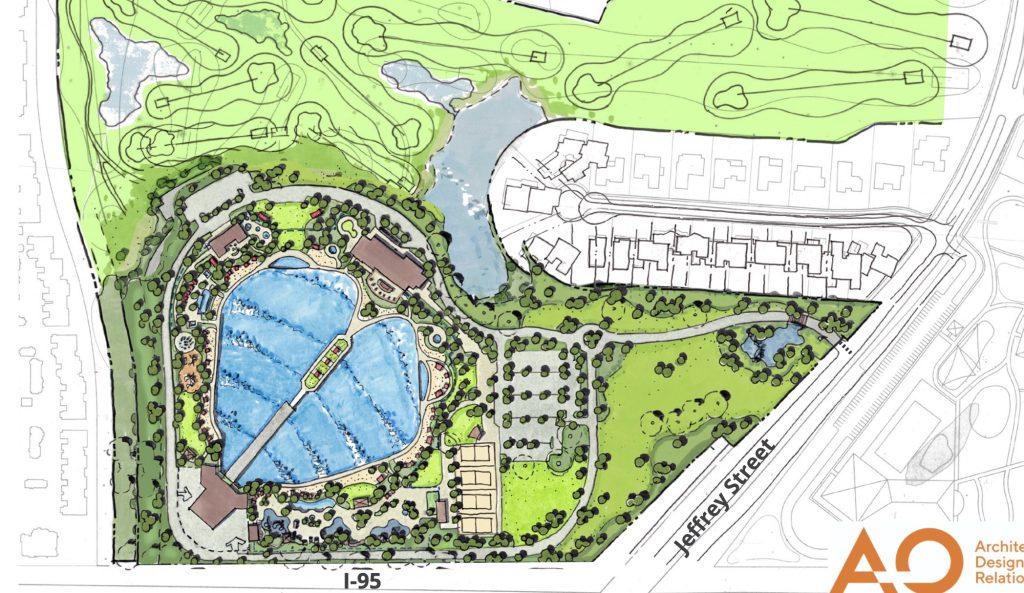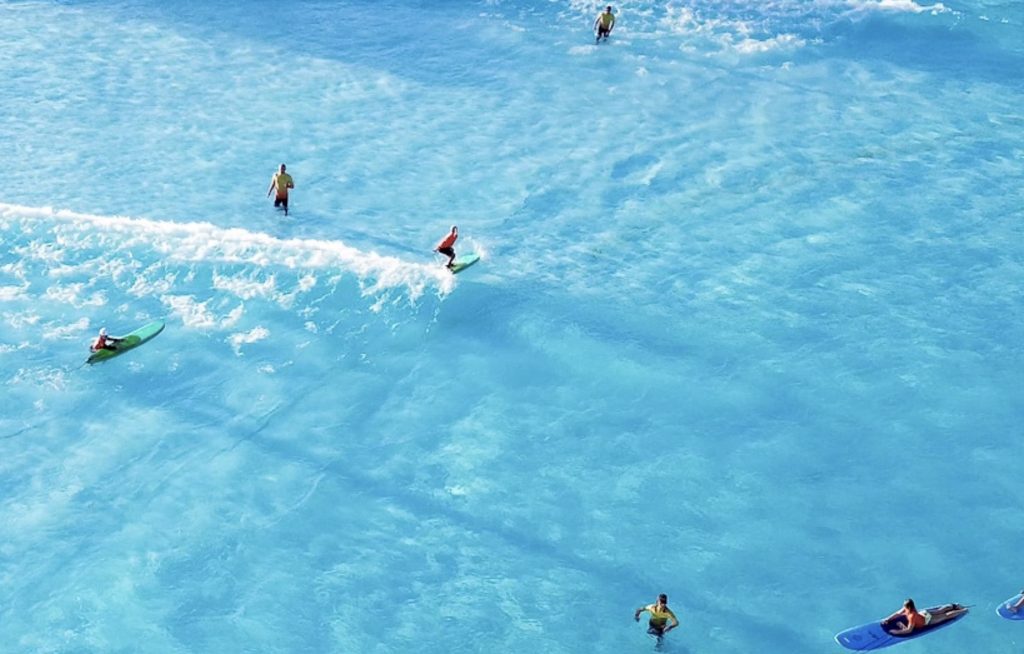As plans for North Park in Boca Raton continue to develop, news emerged last week that the commissioners of the Greater Boca Raton Beach and Park District ranked a surf park and wave pool proposal as their top choice to fill a 23.8 acre portion of the property at its northwest side, above the intersection of Jeffrey Street and I-95.
The preliminary proposal by Boca Surf Park, a group of local investors who pitched the $59 million plan to commissioners, fills in many of the details of what the attraction might look like, how it will be financed, and the new technology behind the physical “wave making” machine that has been deployed in other locations in the United States, Europe and South America. Boca Raton’s park draws on many concepts that were employed in the development of Surfland Brasil, located in Praia da Grama, about 50 miles from Sau Paulo.
The Financials & Timeline
The consortium of individuals behind the Boca Surf Park proposal include Cheyne Cottrell, owner of Island Water Sports in Deerfield Beach, local entrepreneur Matt Oliveira and Andrew Strange, who is tasked with managing the investments behind the facility. A number of strategic partners and local business owners and contractors would also participate in the engineering, permitting and construction.
As proposed, the parks district would provide the land where the park would be built with no upfront costs, but would utilize a long-term leasing strategy to deliver revenue to the parks district by way of a percentage of receipts. The initial lease would last 49 years, with two 25 year options. The parks district would derive 3 percent of the facility’s revenue for the first 15 years, escalating to 4 percent between years 16 to 25, and 5 percent from years 26 to 49. The principals estimated the parks district would generate $600,000 annually in stabilized years. There would be no taxpayer dollars invested into the project, nor would it be subsidized over the course of its operation.
The development as a whole would cost $59,882,516, with the overwhelmingly largest chunk of the investment going to the technology behind the wave pool itself, known as Wavegarden, built by an engineering firm in San Sebastián, Spain. The Wavegarden machine would cost $32.5 million. The remainder of the project’s costs would be divided between $11.5 million for buildings, $2.4 million for sitework, $2.1 million for landscaping and another $2 million for amenities. The city would collect about $2.4 million in permitting fees, with soft costs and a contingency fund rounding out the remainder of the investment.
“Our organization is backed by private investors whose identities and details are confidential,” the company’s presentation to the commissioners stated, however the project – if permitted – would eventually be subject to state and local disclosure laws. In the meantime, the company told commissioners it would be willing to reveal the identity of investors under the terms of a non-disclosure agreement.
The company estimated a 26-month development and construction period, based on a starting date in October 2025 with the proposal to the parks district. The first phase of the project, under the proposed schedule, would open to the public Jan 3, 2028, which would include the Wavegarden Cove surf lagoon with mechanical systems; a Surf Center hub including a Wellness and Lifestyle Café, covered bar, and support spaces; event, training, and flex lawns with shade structure; a man-made shoreline, beach, and boardwalk; volleyball courts; plus family-oriented amenities including a hot tub, wading pools, dry kids’ play area, and a day care play area. The proposal also includes parking areas for 337 vehicles and an initial overflow and events area. The facility’s maintenance building and employee parking would have its own parcel.
A second phase would see construction between 2029 and 2030, which would include a Members’ Club and Wellness Center; a Members’ Pool; a Members’ Kids and Pool Pop Up; an Adventure Zone; plus ancillary activity pools including a cliff jumping pool, rock climbing pool, and slide pool. This phase would also include construction of a Family Pool, an event lawn build-out and guest comfort upgrades. Additional parking and circulation within the existing footprint with overflow and event improvements would also be built. The core lagoon feature would remain open during what would be an estimated 385 day construction period.
The Tech
The park itself would be built around Wavegarden, the aforementioned product designed in Spain, which would whip up perfect waves on demand. Unlike typical “wave pools” of years past, the Wavegarden can be dialed to produce specific sizes and types of waves, and runs on about one tenth of the power of its predecessors.
According to the manufacturer, 11 Wavegarden parks have been built, and 11 more are under construction. In the coming years, it is expected that 70 more will be deployed worldwide. The pool would be large enough to accommodate about 80 surfers per hour, and could be timed to match the skill level of those catching a ride. The “lagoon” itself would measure 6.3 acres in area, including a “reef” and “bay” zone. Wavegarden utilizes what is known as an electromechanical paddle system, as opposed to the pneumatic systems that were generally utilized in the past. It is mated with LED lighting and automated controls to customize the user experience.
Waverider works by essentially mimicking the ocean, where waves arrive in sets, interspersed with natural-feeling rest periods rather than the “scheduled” waves produced by earlier systems. Its manufacturer promises the highest number of “quality waves” per hour, versus the 140 uniform barrel-style waves produced by a pneumatic platform. It can produce as many as 400 waves per hour, up to 6-feet high, providing a 13-second ride.
While the project found support from many factions of the community, some residents of the nearby Boca Teeca development voiced concerns over traffic and noise.
“I don’t want a humongous 20-acre facility coming here with a bunch of traffic,” Boca Teeca resident Christopher Carr told commissioners.
Representatives for the project said, however, that noise would be far below what is already audible from nearby traffic, and the Wavegarden system – outside of the park itself – is quieter than a typical person-to-person conversation. Traffic would be a fraction of a typical theme park, and multiple parking areas would be provided, including overflow zones.
Its estimated annual water consumption is between 30,000 and 50,000 cubic meters – “significantly less than the amount used by just two golf holes in a year,” the presentation said – and roughly equivalent to the volume of a single Olympic-sized swimming pool. A closed-loop style system would mitigate evaporation. The concerns of neighbors were also taken into account, with designers saying the system runs at about 60 decibels at 100 feet away, or a bit quieter than the sound of a typical car engine at a low speed. It would comply with city noise ordinances without the need for shielding or sound walls.
Boca Surf Park’s representatives have said the park would partner with local schools, clubs and organizations for both fun activities and STEM learning opportunities in hydrology and wave energy, plus surfing lessons. There would also be movie nights and concerts at the facility.
What’s Next?
The Parks District commissioners ranked Boca Surf Park’s proposal first on their list of attractions based on a set of criteria officials developed. The initial proposal laid out by the project’s backers, commissioners said, will set the stage for more formal negotiations between the two camps, and a contract would need to be awarded by way of an open process.
If the Parks District does, indeed, move forward with the surf park plan, it would also be subject to review by city staff and, potentially, the planning board and city council if any zoning matters come into play. Permits would also need to be issued by the city.
Commissioners also said they would solicit more input from residents to gauge support for the project.

Follow Us on Facebook

Police, Fire & Courts
Apple Store Altercation Leads to Boca Raton Man’s Arrest

